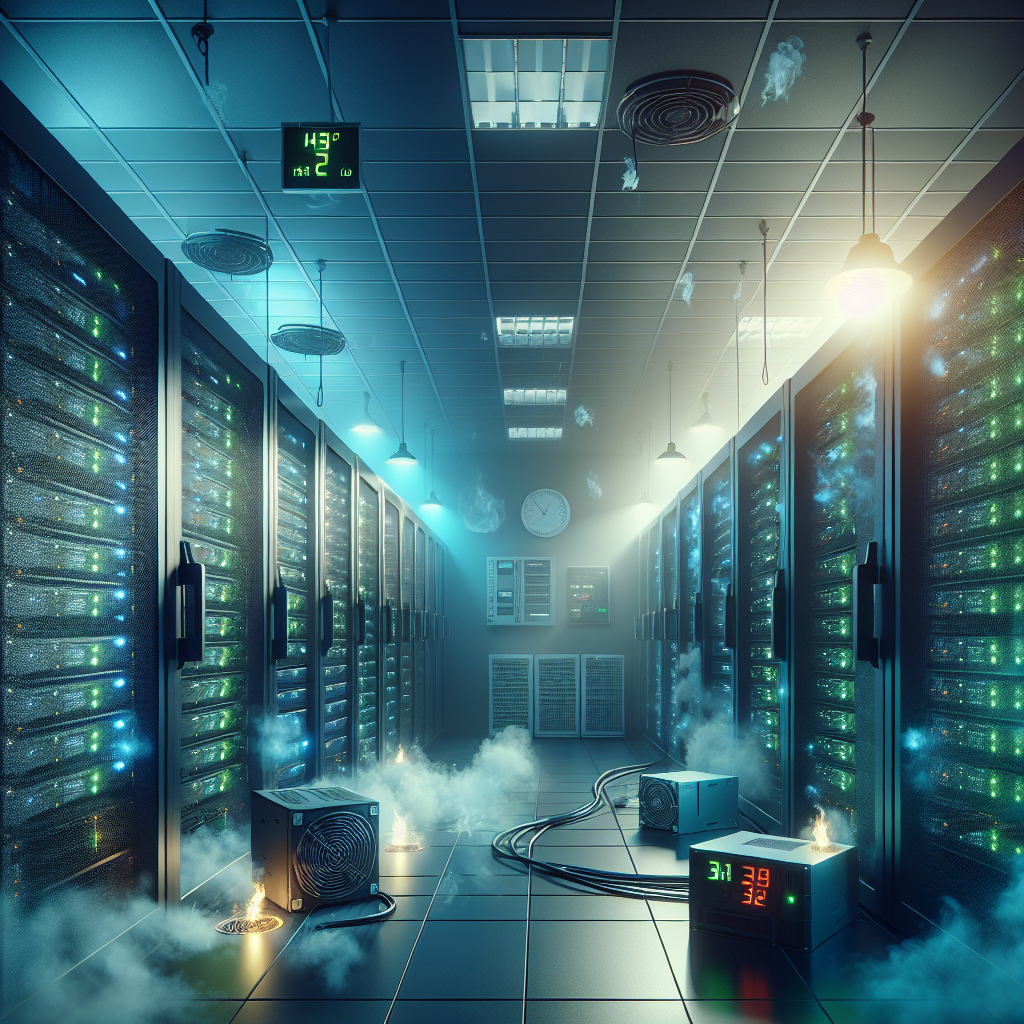Your cart is currently empty!
Troubleshooting Data Center Power and Cooling Issues

Data centers are the backbone of modern businesses, housing the critical infrastructure that supports the digital operations and services we rely on every day. However, power and cooling issues can disrupt the smooth operation of a data center, leading to downtime, data loss, and potentially costly damage to hardware.
Troubleshooting power and cooling issues in a data center requires a thorough understanding of the systems in place and the ability to quickly identify and resolve problems before they escalate. Here are some common power and cooling issues that data center operators may encounter, along with tips for troubleshooting and resolving them.
Power Issues:
1. Power Outages: Power outages are a common issue that can disrupt data center operations. To troubleshoot power outages, check the circuit breakers and power distribution units to ensure they are functioning properly. It’s also important to have backup power sources, such as uninterruptible power supply (UPS) systems, in place to prevent data loss during outages.
2. Overloaded Circuits: Overloaded circuits can cause power issues in a data center, leading to overheating and equipment failure. To troubleshoot overloaded circuits, distribute power evenly across different circuits and consider upgrading to higher capacity circuits if needed.
3. Voltage Fluctuations: Voltage fluctuations can damage sensitive equipment in a data center. To troubleshoot voltage fluctuations, consider installing voltage regulators or power conditioning equipment to stabilize the power supply and protect equipment from damage.
Cooling Issues:
1. Overheating: Overheating is a common cooling issue in data centers, as the high density of equipment generates a significant amount of heat. To troubleshoot overheating, check the airflow and ventilation systems in the data center to ensure they are functioning properly. Consider installing additional cooling equipment, such as air conditioning units or liquid cooling systems, to regulate temperature and prevent overheating.
2. Hot Spots: Hot spots occur when certain areas of the data center become significantly hotter than others, leading to potential equipment failure. To troubleshoot hot spots, rearrange equipment to improve airflow and ventilation in the affected areas. Consider installing temperature monitoring systems to identify hot spots before they escalate.
3. Insufficient Cooling Capacity: Insufficient cooling capacity can lead to overheating and equipment failure in a data center. To troubleshoot insufficient cooling capacity, assess the current cooling systems and consider upgrading to higher capacity cooling equipment to meet the demands of the data center.
In conclusion, troubleshooting power and cooling issues in a data center requires a proactive approach and a thorough understanding of the systems in place. By identifying and resolving issues quickly, data center operators can prevent downtime, data loss, and equipment damage, ensuring the smooth operation of their critical infrastructure.Implementing best practices in power and cooling management, such as regular maintenance and monitoring, can help prevent issues from occurring and ensure the reliability and efficiency of a data center’s operations.

Leave a Reply